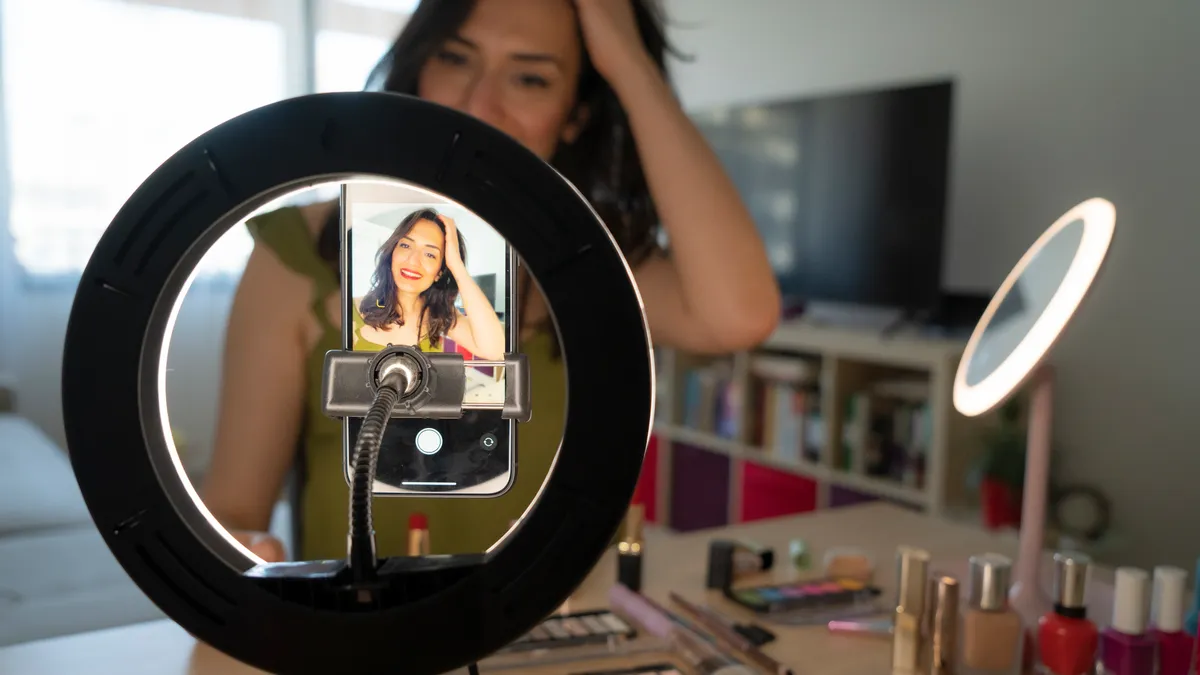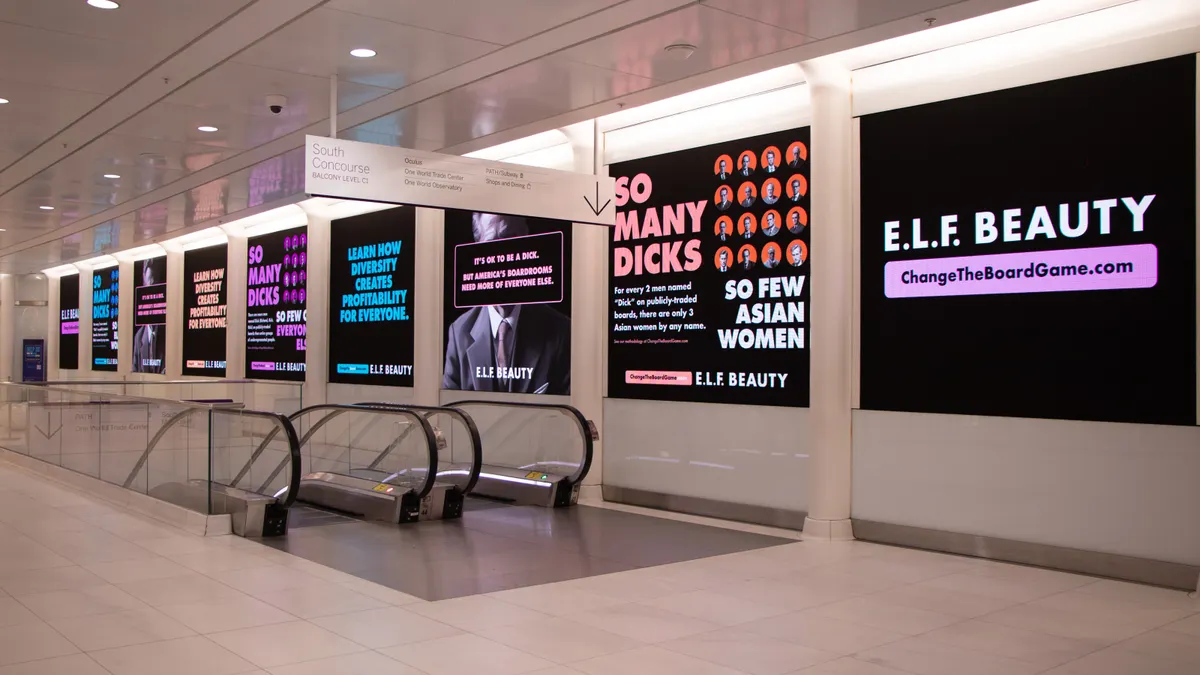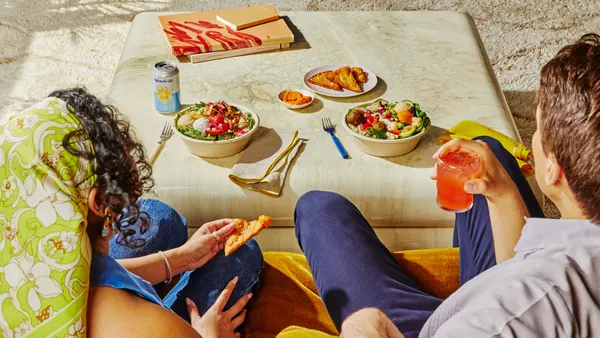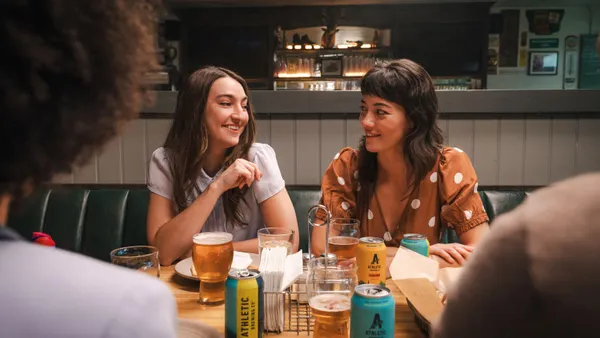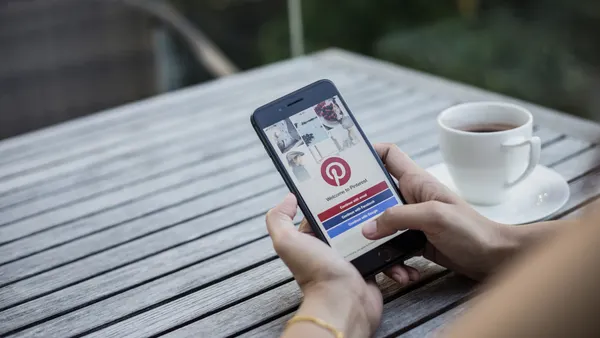Dive Brief:
- YouTube introduced a number of new solutions to make its platform more useful for brand and creator partnerships, according to a company blog post. The features were revealed during the Alphabet-owned company’s “Made On YouTube” event.
- One new format will enable creators to dynamically insert brand segments into swappable slots within their content, transforming videos into living assets. Creators can see detailed performance insights within YouTube Studio.
- YouTube will also incorporate new artificial intelligence (AI) tools within the creator partnerships hub, a recently introduced tab within Google Ads, to help connect advertisers and agencies with relevant creators.
Dive Insight:
With many social media platforms vying for a larger share of the creator equation, YouTube is looking to assert its dominance and shore up stronger appeal to brands and creatives alike. At its “Made On YouTube” event, which was hosted Sept. 16, the company unveiled new features designed to make creators’ jobs easier and more lucrative.
The new swappable spots format, for instance, enables creators to remove a sponsorship slot from their content when the deal is complete, resell the slot to another brand or eventually sell the same slot to multiple assets in different markets, according to the blog post. Creators will also be able to see detailed performance insights of the branded segments within YouTube Studio that they can share directly with the brands they partner with. YouTube will begin testing the feature with a small group of creators early next year.
The platform is also leaning into making its Shorts formats more monetization-friendly by making it possible to add brand links to the videos for brand deals. The feature will additionally provide creators with a more accurate metric to demonstrate to brands how their content drives traffic and conversions.
On the AI front, YouTube revealed it will soon be able to leverage the tech to proactively suggest creators who may be a good fit for brands. The AI tools are also intended to make creators’ jobs easier by identifying the optimal moment a product is mentioned within creator content and automatically displaying a product tag at that time. The platform will also begin testing AI’s ability to automatically identify and tag all of the eligible products a creator mentions in a video.
As if to further convince creators of its importance as a monetization platform, YouTube noted it paid out $100 billion to creators, artists and media companies over the past four years. The company also called out that it has seen “incredible momentum” with its YouTube Shopping platform, with more than 500,000 creators enrolled in the program globally since July 2025 and gross merchandise volume growing five times year over year.
YouTube Shopping will be expanding to more creators and markets, including Brazil, in the coming months and adding new merchants, including Nike, Etsy, Best Buy, Shark Ninja and Michael Kors in the U.S and Olive Young and ZigZag in Korea.
YouTube’s revenue grew 13% year-over-year to reach $9.8 billion during the second quarter. Company executives pointed to the Shorts format, among other elements, as a key driver in that growth. Shorts in the U.S. are earning as much ad revenue per hour watched as traditional in-stream video on YouTube, according to Google CEO Sundar Pichai.

